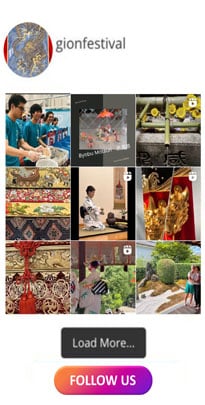

Yamabushi can still be seen around Kyoto today. You’re most likely to catch a glimpse of them during the Gion Festival: they visit this float (Ennogyōja Yama as well, dedicated to the founder of ) every year to pay their respects to this great practitioner. During the 2014 Gion Festival, the Yamabushi Yama chōnai innovated its displays to incorporate prayers and fundraising for the recently devastated Tōhoku region. In particular it supported a permaculture-like shoreline reconstruction project designed to protect against future tsunami. For an 1100-year old festival, how cool is that?
See my blog on yamabushi and the En no Gyōja Yama webpage for more about Shugendo and yamabushis’ connection with the Gion Festival.
Buy my book, “Gion Festival: Exploring Its Mysteries,” to learn more about the spectacular Gion Festival than you can anywhere else. It’s the first English-language guide to the Gion Matsuri in more than 100 years. Plus I share the latest on how the Gion Matsuri communities are cultivating social impact in the context of tradition—very cool. Give me the pleasure of gifting you a free excerpt, available here.
Interested in sharing this content? Check out the Creative Commons Attribution-NonCommercial-ShareAlike 4.0 International License for guidelines on how. These guidelines provide an easy way to grow a culture of generosity, in line with the philosophy of sacred commerce.

